SUMMARY
This is AI generated summarization, which may have errors. For context, always refer to the full article.

All photos by the author
KAMAKURA, Japan – Our day trips (from Tokyo) or week-long stays in the city of Kamakura, Kanagawa Prefecture, always include a visit to the Hasedera (Hase Temple).
It is a five-minute walk from the Hase Station of the Enoden Line and, three to five minutes further, a neighbor of the Kotou-in, the Buddhist temple that’s home to the 43.8-foot Great Buddha (Daibutsu). If this were the Philippines, the temples were in the same barangay (village) as my most recent guesthouse.

Kamakura’s Hasedera (not to be confused with the Hasedera in Nara Prefecture) is almost 1,300 years old. If you’re not into religion or history, then you still go to Hasedera to experience the spirituality of communing with nature.
Sitting on the slope of a hill overlooking the Sagami Bay, Hasedera is pure beauty. It has several gardens, which you discover as you climb up stairs made of stone here and there until you reach the top. In our latest visit, we lingered only in the gardens at the base of the hill. (You’ll need stamina going up – and I had that in past summers when I came here.)
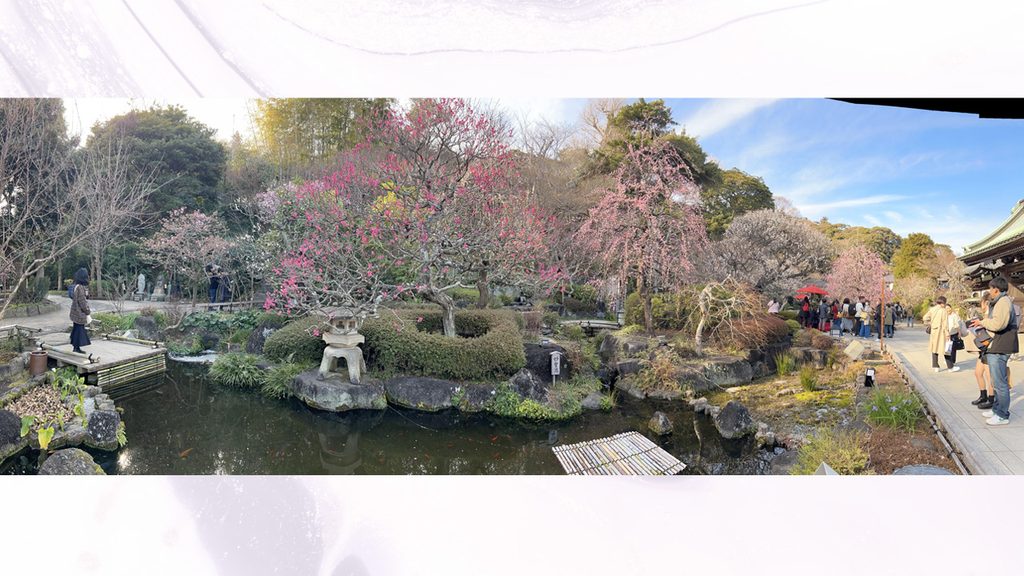
Some people call Hasedera the “Temple of Flowers” because various species bloom on its grounds throughout the year. There’s not a single month when its gardens aren’t full of colors.
Flower viewing is, in fact, a main attraction at Hasedera, aside from seeing one of Japan’s tallest wooden Kannon statues, a museum, a library, a prayer and offering cave, Jizo statues, and two National Treasures: the Temple Bell and the Hanging Buddha Image.
In winter – like when we visited recently – “ume” (plum) blossoms are at their peak. White, pink, deep pink, red, “weeping” — all the varieties you can think of.
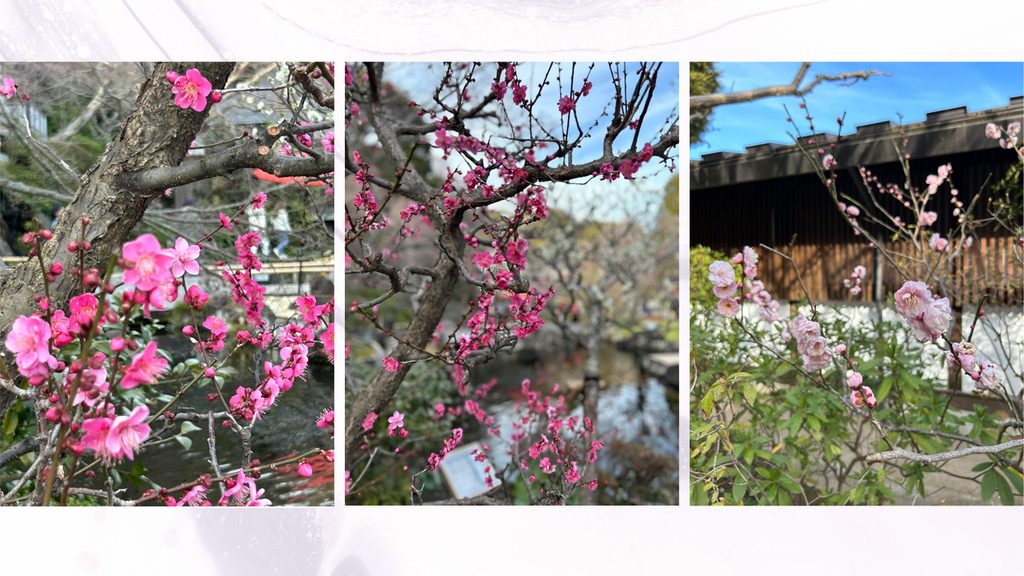


And here and there are sprinkles of suisen (daffodils), soshin-robai (wintersweets), ohbai (firefly flowers), kobai (Japanese apricot), and fukujudo (amur peasant’s eye).
In mid-February, you catch some kawazuzakura (a type of cherry blossoms), signaling that winter will soon be giving way to spring.
And the flower cycle at Hasedera continues.
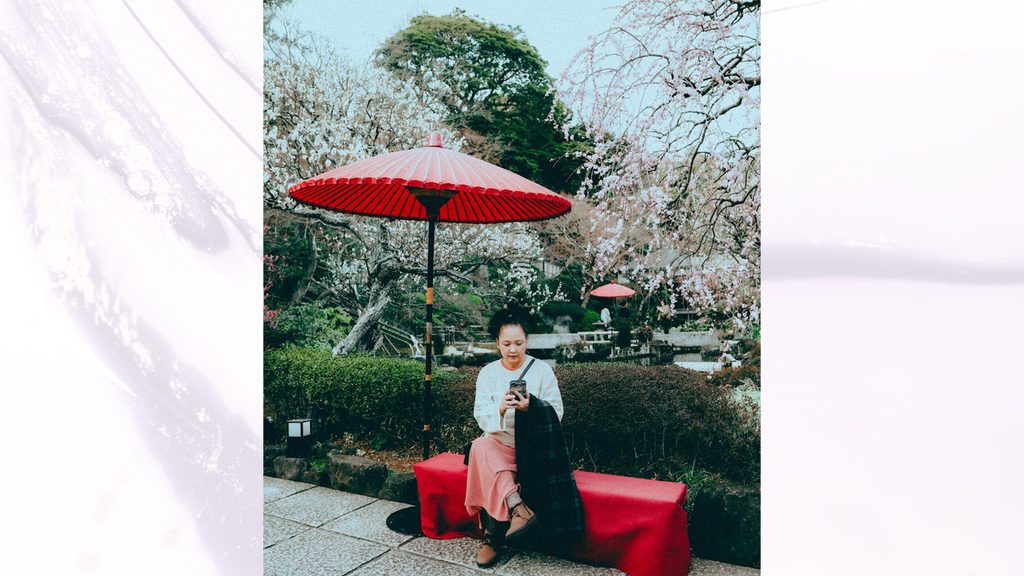
– Rappler.com
Hasedera charges entrance fees of ¥400 JPY for adults and ¥200 for children 6-11 years old. The complete guide to the flowers that bloom each month is here.
Add a comment
How does this make you feel?
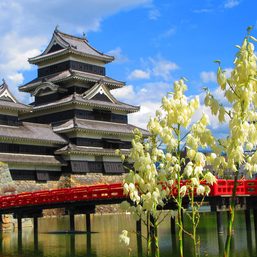



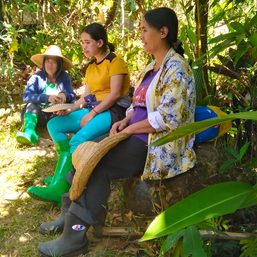
![[ANALYSIS] Why airport ‘surot’ and Taylor Swift matter](https://www.rappler.com/tachyon/2024/02/taylor-swift-bed-bugs-02292024.jpg?resize=257%2C257&crop=452px%2C0px%2C1080px%2C1080px)

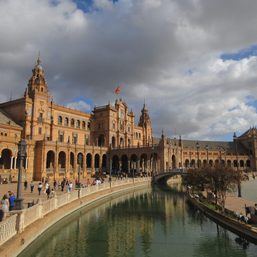





![[OPINION] Why is Japan Home Centre accepting sibuyas as payment?](https://www.rappler.com/tachyon/2023/02/japan-home-center-february-3-2023.jpg?resize=257%2C257&crop=188px%2C0px%2C900px%2C900px)
There are no comments yet. Add your comment to start the conversation.